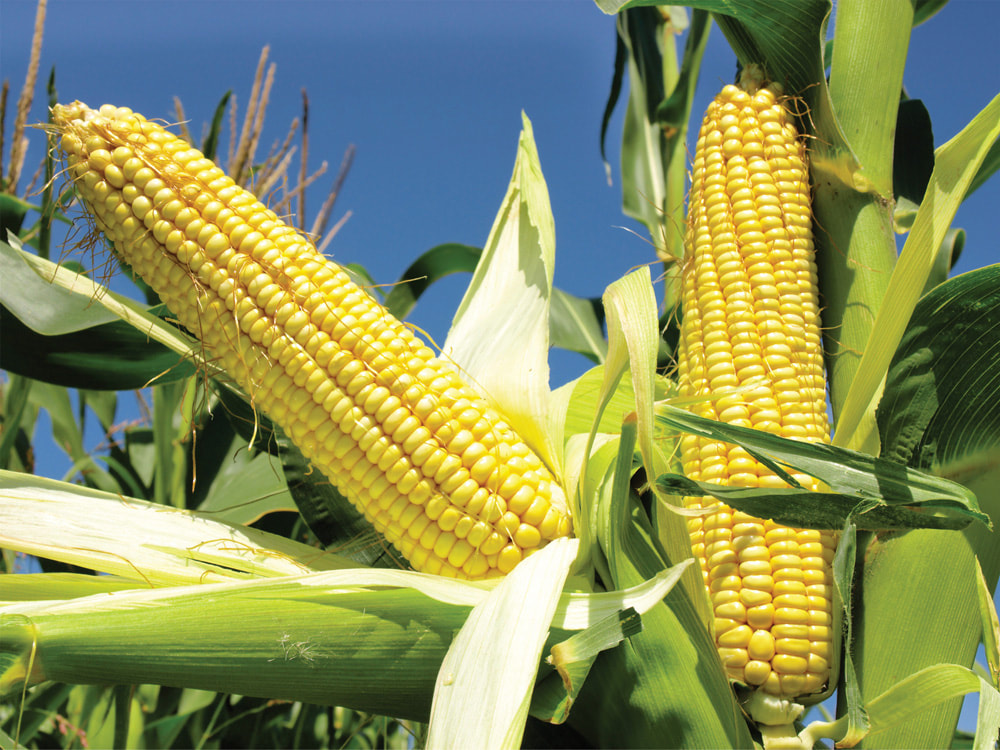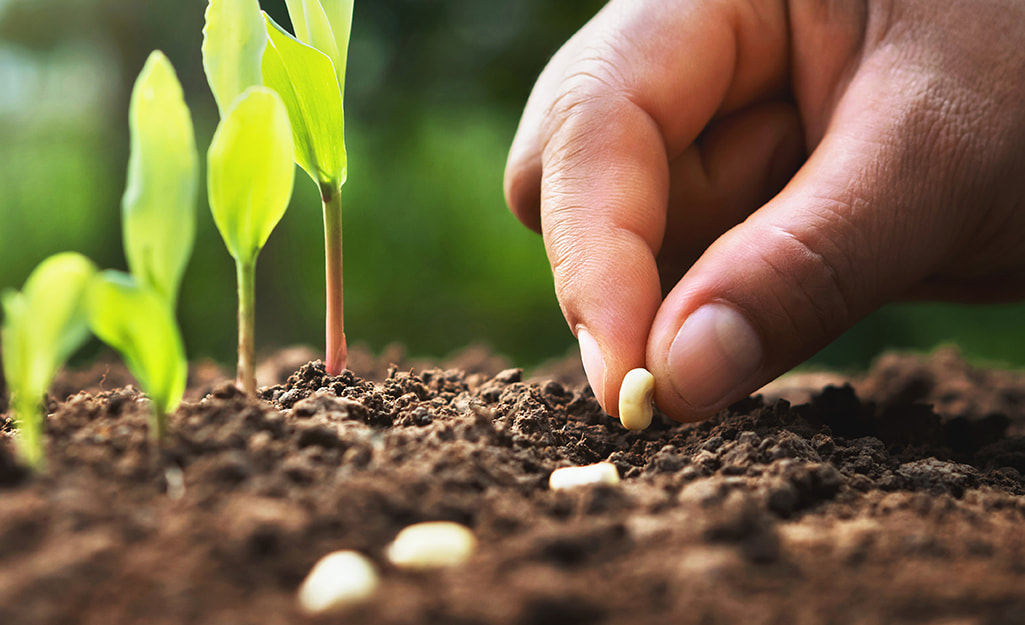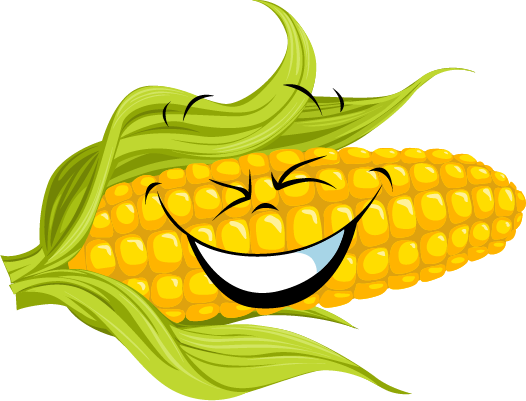
Planting Maize ( Corn)
Maize is a tall stout grass that produces cereal grain. It was domesticated by the indigenous people in Southern Mexico about 9,000 years ago from wild teosinte. It has become a staple in many parts of the world with production surpassing that of wheat and rice. Much maize is used for animal feed whether its grain or as the whole plant which can be baled or made into more palatable silage. Sugar-rich varieties called sweet corn are grown for human consumption, while field corn varieties are used for animal feed, for uses such as cornmeal or masa, corn starch, or corn syrup, pressing into corn oil, alcoholic beverages like bourbon whisky and as chemical feedstock including ethanol and other biofuels.
This plant depends on humans for its propogation and if you're going to try your hand at planting some, here are a few tips:
1. Choose the Right Variety
There are different types of corn such as sweet corn, pop corn, and flour corn. Select a variety that suits tour needs.
2. Timing: Plant corn seeds two weeks after the last frost date. The soil temperature should be at least 60°F (16°C) for optimal germination.
3. Soil Preparation: Corn thrives in well-drained fertile soil with a pH of 6.0 to 6.8. Enrich the soil with compost or organic matter.
4. Planting: Sow seeds about 1½ to 2 inches deep and 12 inches apart in rows that are 2½ to 3 feet apart. Plant in blocks rather than in long rows to ensure good pollination.
5. Watering: Corn needs plenty of water especially during the growing season. Aim for 1-2 inches of water week
6. Fertilizing: Corn is a heavy feeder. Use a nitrogen-rich fertilizer when the plants have about ten leaves and again when the silk first appears.
7. Weed Control: Keep the area around your corn plants free from weeds to reduce competition for nutrients and water.
8. Harvesting: Corn is ready to harvest about 20 days after the silks emerge . The kernel should be full and milky when squeezed.
Maize is a tall stout grass that produces cereal grain. It was domesticated by the indigenous people in Southern Mexico about 9,000 years ago from wild teosinte. It has become a staple in many parts of the world with production surpassing that of wheat and rice. Much maize is used for animal feed whether its grain or as the whole plant which can be baled or made into more palatable silage. Sugar-rich varieties called sweet corn are grown for human consumption, while field corn varieties are used for animal feed, for uses such as cornmeal or masa, corn starch, or corn syrup, pressing into corn oil, alcoholic beverages like bourbon whisky and as chemical feedstock including ethanol and other biofuels.
This plant depends on humans for its propogation and if you're going to try your hand at planting some, here are a few tips:
1. Choose the Right Variety
There are different types of corn such as sweet corn, pop corn, and flour corn. Select a variety that suits tour needs.
2. Timing: Plant corn seeds two weeks after the last frost date. The soil temperature should be at least 60°F (16°C) for optimal germination.
3. Soil Preparation: Corn thrives in well-drained fertile soil with a pH of 6.0 to 6.8. Enrich the soil with compost or organic matter.
4. Planting: Sow seeds about 1½ to 2 inches deep and 12 inches apart in rows that are 2½ to 3 feet apart. Plant in blocks rather than in long rows to ensure good pollination.
5. Watering: Corn needs plenty of water especially during the growing season. Aim for 1-2 inches of water week
6. Fertilizing: Corn is a heavy feeder. Use a nitrogen-rich fertilizer when the plants have about ten leaves and again when the silk first appears.
7. Weed Control: Keep the area around your corn plants free from weeds to reduce competition for nutrients and water.
8. Harvesting: Corn is ready to harvest about 20 days after the silks emerge . The kernel should be full and milky when squeezed.
Happy planting and harvesting.


